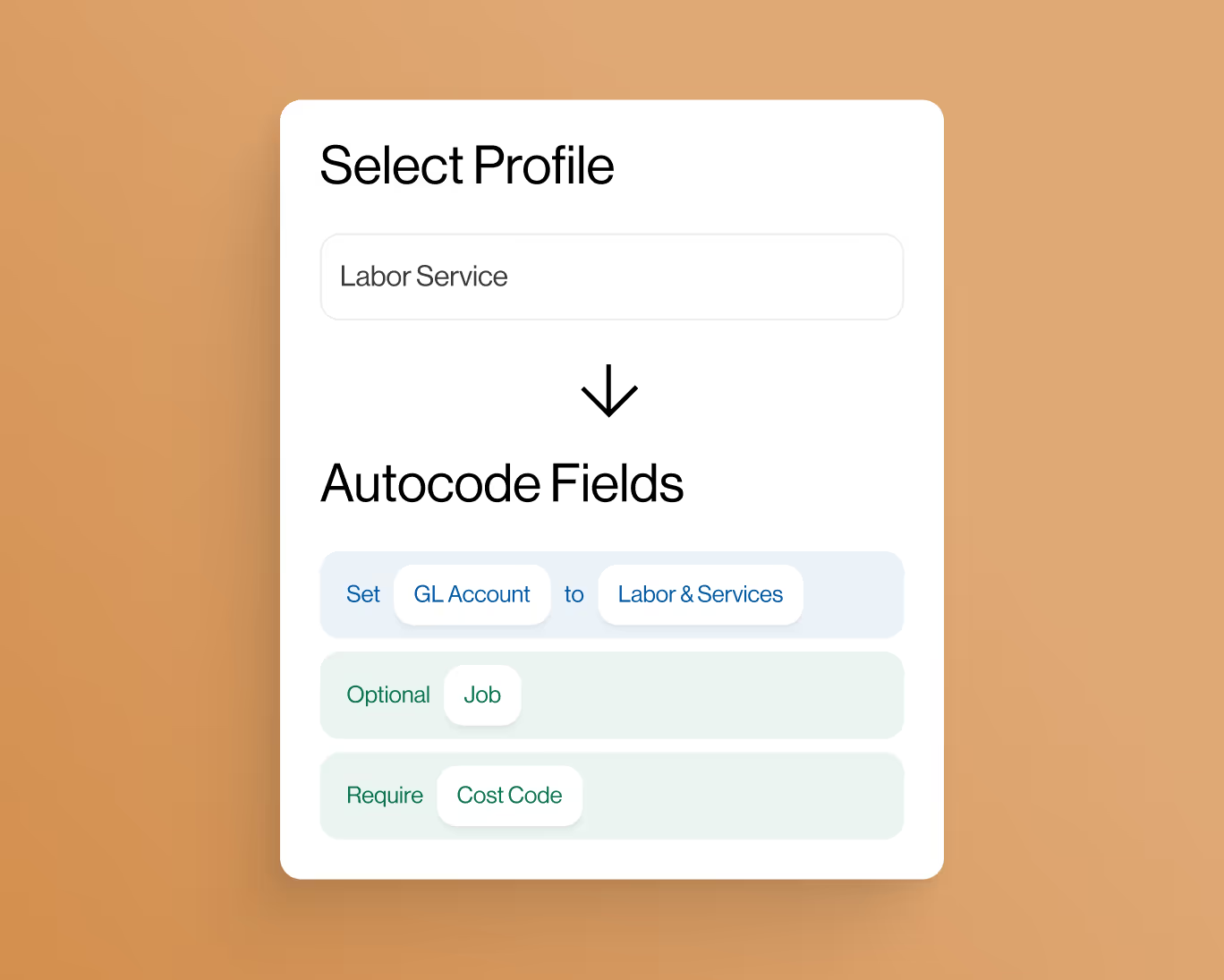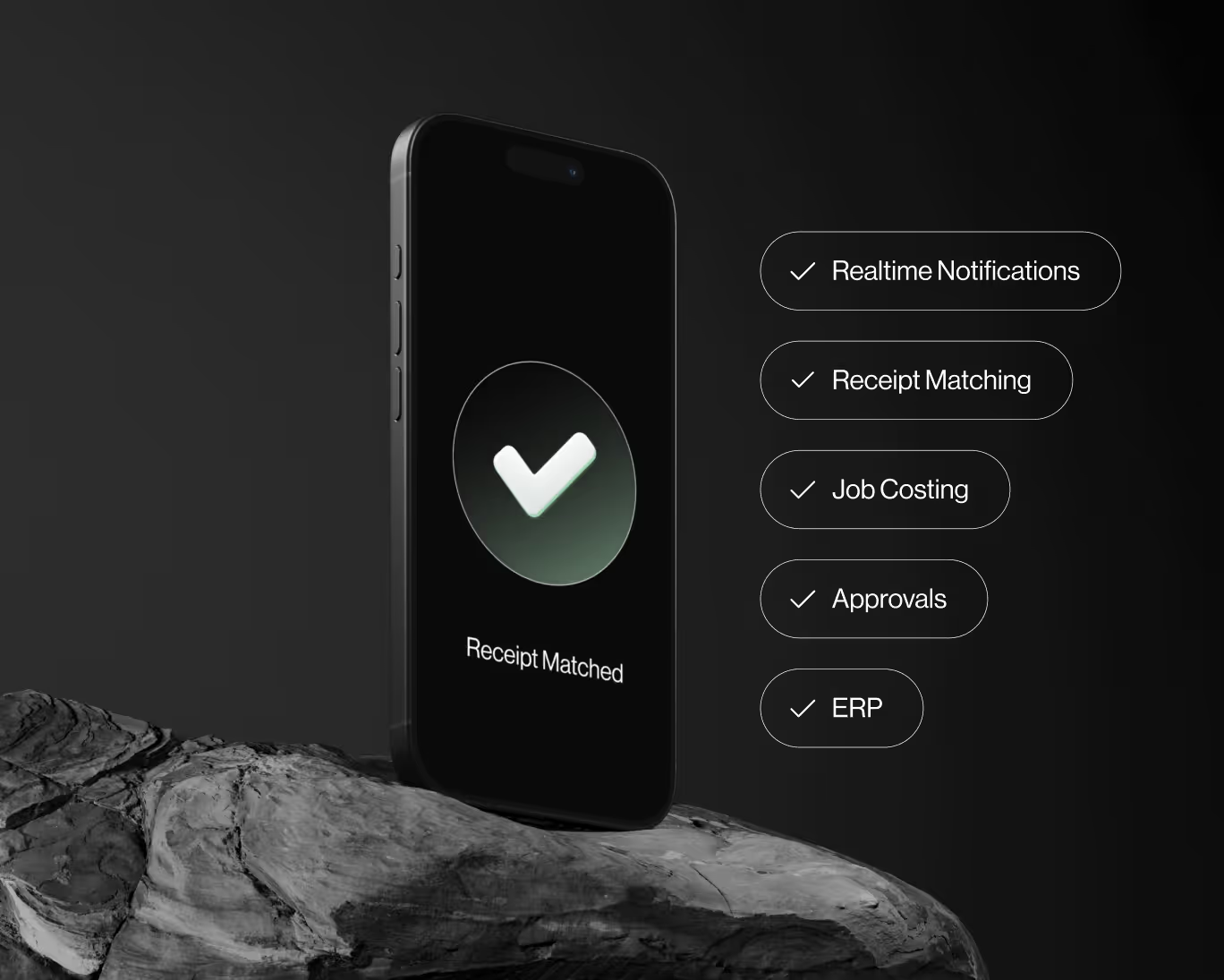Owner-Occupied Property in Construction: Understanding its Implications and Considerations
When it comes to construction projects, one scenario that stands out is when the property owner occupies the building during construction. Known as "Owner-Occupied Property," this situation presents unique challenges and considerations for both the owner and the construction team. In this blog post, we will explore the concept of Owner-Occupied Property in construction, understand its implications, and highlight important considerations to ensure a successful and harmonious construction process.
Understanding Owner-Occupied Property
Owner-Occupied Property refers to a situation where the property owner continues to reside or conduct business on-site while construction or renovation work is ongoing. This can occur in various types of properties, including residential, commercial, or industrial buildings.
Owner-Occupied Property construction projects can be both challenging and advantageous. On one hand, the owner benefits from direct oversight of the project and immediate access to the construction team. On the other hand, the construction team must navigate around the owner's presence and ensure minimal disruption to their daily activities.
Implications and Challenges
Owner-Occupied Property construction projects present several implications and challenges for all involved parties:
- Logistical Coordination: Construction activities need to be carefully planned and coordinated to avoid disruptions to the owner's routine and ensure safety and comfort during the construction process.
- Noise and Dust Management: Construction work can generate noise and dust, which may affect the owner's daily life or business operations. Mitigating these impacts is essential for maintaining a satisfactory living or working environment.
- Occupant Safety: Safety measures must be prioritized to protect the property owner and their occupants from potential hazards on the construction site.
- Phased Construction: Depending on the project's scope, phased construction might be necessary to allow the owner to continue occupying parts of the property while work progresses in other areas.
- Communication and Expectations: Clear communication between the construction team and the property owner is crucial to set expectations, provide project updates, and address any concerns or issues promptly.
- Occupant Access: The construction team needs to establish designated access routes to separate construction areas from occupant spaces, ensuring safety and security for all parties involved.
- Quality Control: Maintaining the quality of construction becomes even more critical when the property owner is present on-site, as any defects or issues may be immediately noticeable.
- Time Constraints: In some cases, construction timelines may need to be adjusted to accommodate the owner's needs, leading to potential schedule changes.
Considerations for a Successful Owner-Occupied Property Project
To ensure a successful Owner-Occupied Property construction project, careful planning and consideration are necessary:
- Clear Communication: Open and transparent communication between the construction team and the property owner is essential to set expectations and address any concerns or limitations.
- Comprehensive Site Assessment: Conduct a thorough site assessment to identify potential challenges and develop strategies to minimize disruptions.
- Occupant Safety Measures: Implement strict safety measures to protect the property owner and occupants, including designated safety zones, signage, and personal protective equipment.
- Phased Construction: When applicable, consider a phased construction approach to allow portions of the property to remain accessible and functional during the project.
- Noise and Dust Management: Employ dust containment and noise reduction measures to minimize the impact on the property owner's daily activities.
- Flexibility: Be prepared to adapt to unexpected changes or requests from the property owner while maintaining project goals and objectives.
- Respectful and Courteous Approach: Maintain a professional and courteous attitude towards the property owner and their occupants to foster a positive working relationship.
- Quality Assurance: Implement rigorous quality control measures to deliver a high-quality construction project that meets the owner's expectations.
Conclusion
Owner-Occupied Property construction projects require careful planning, open communication, and a considerate approach to ensure the success of the project while minimizing disruptions to the property owner's life or business. By understanding the implications and challenges associated with Owner-Occupied Property projects and proactively addressing them, construction teams can deliver a successful project that meets the needs and expectations of both the property owner and the construction team.










